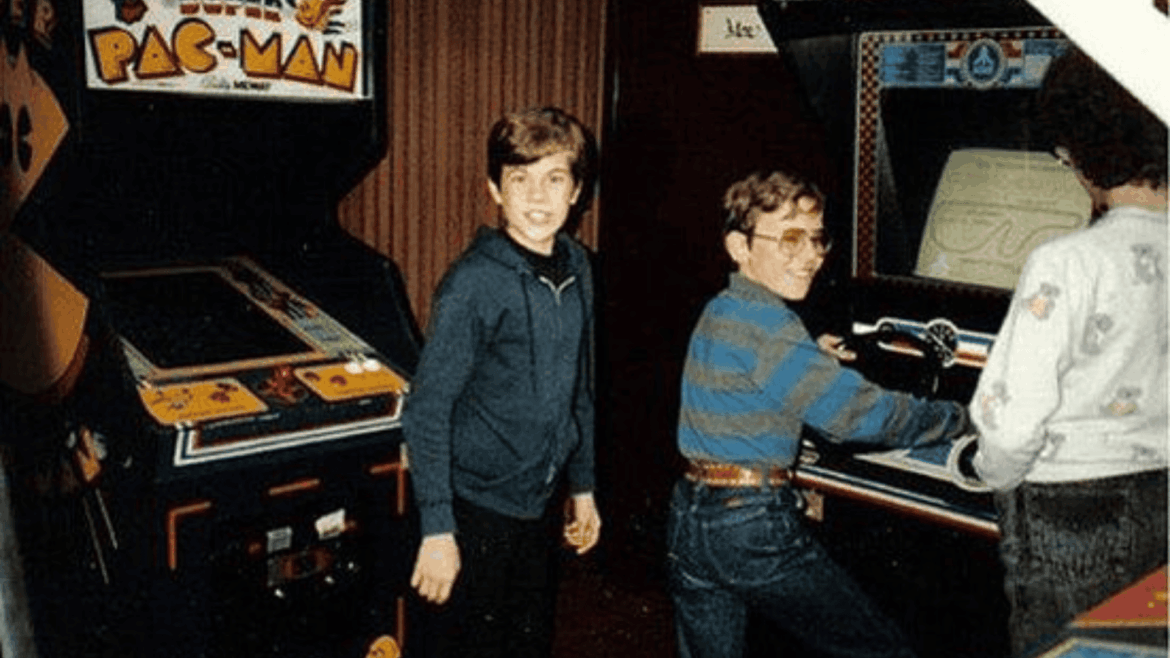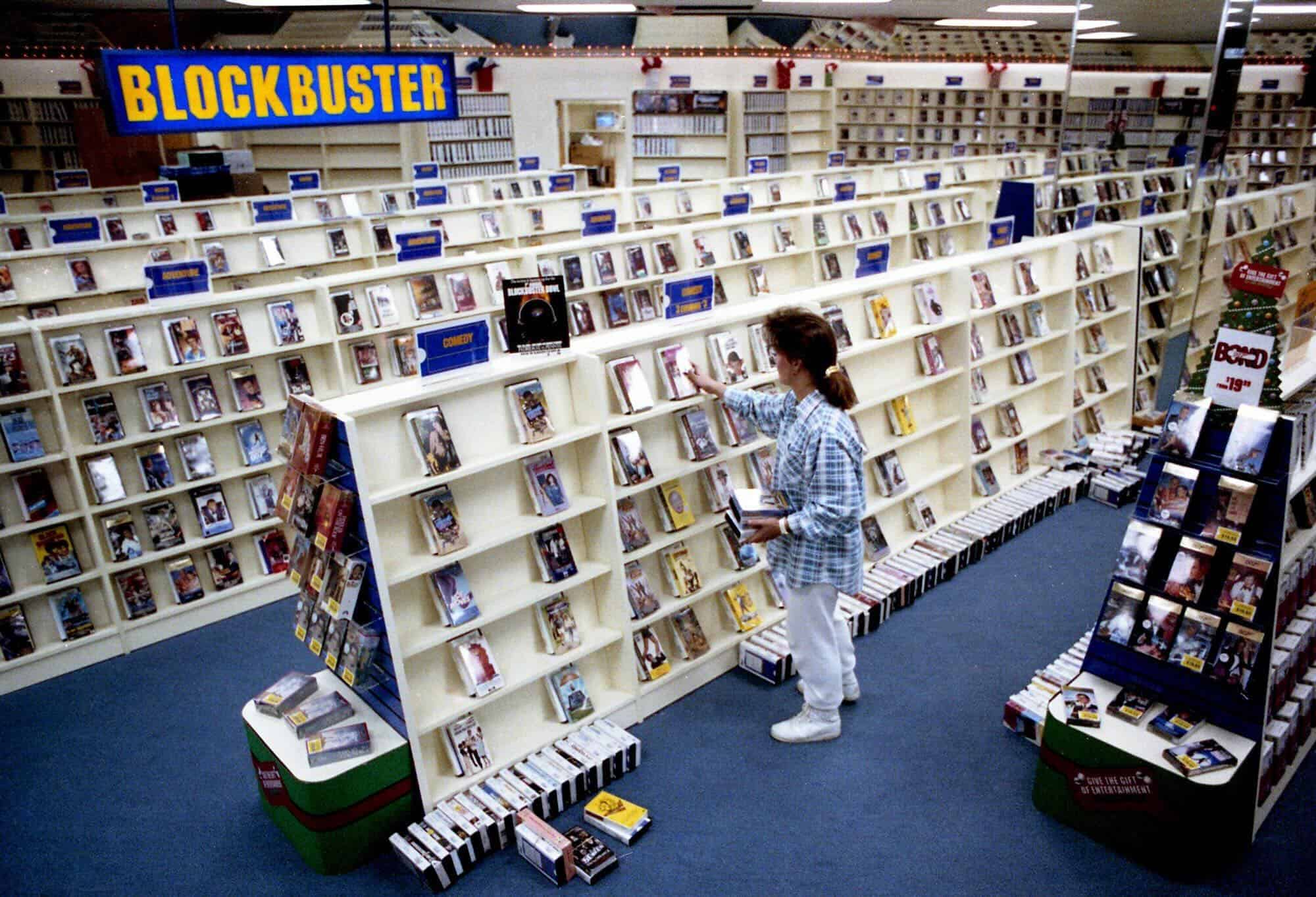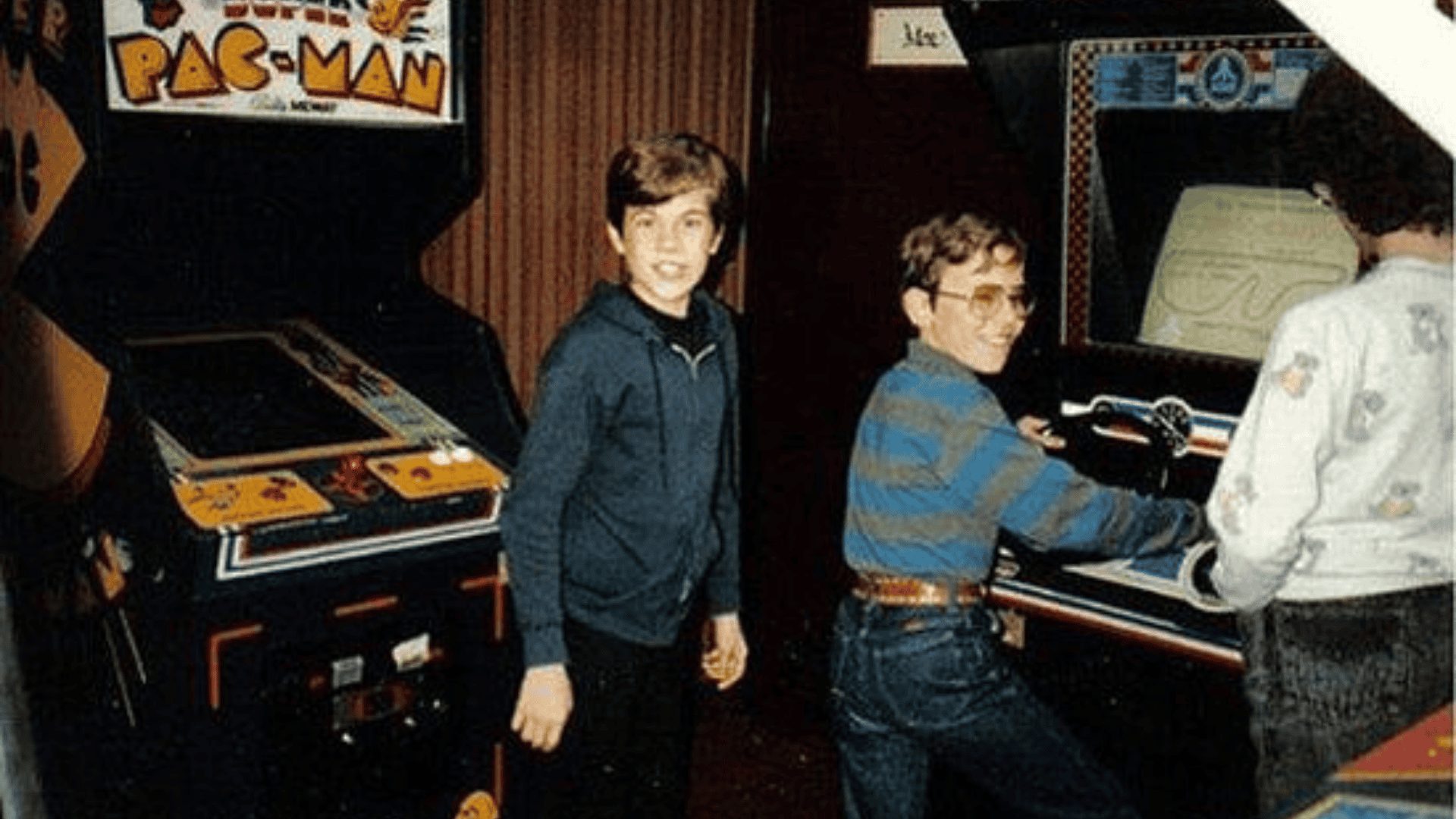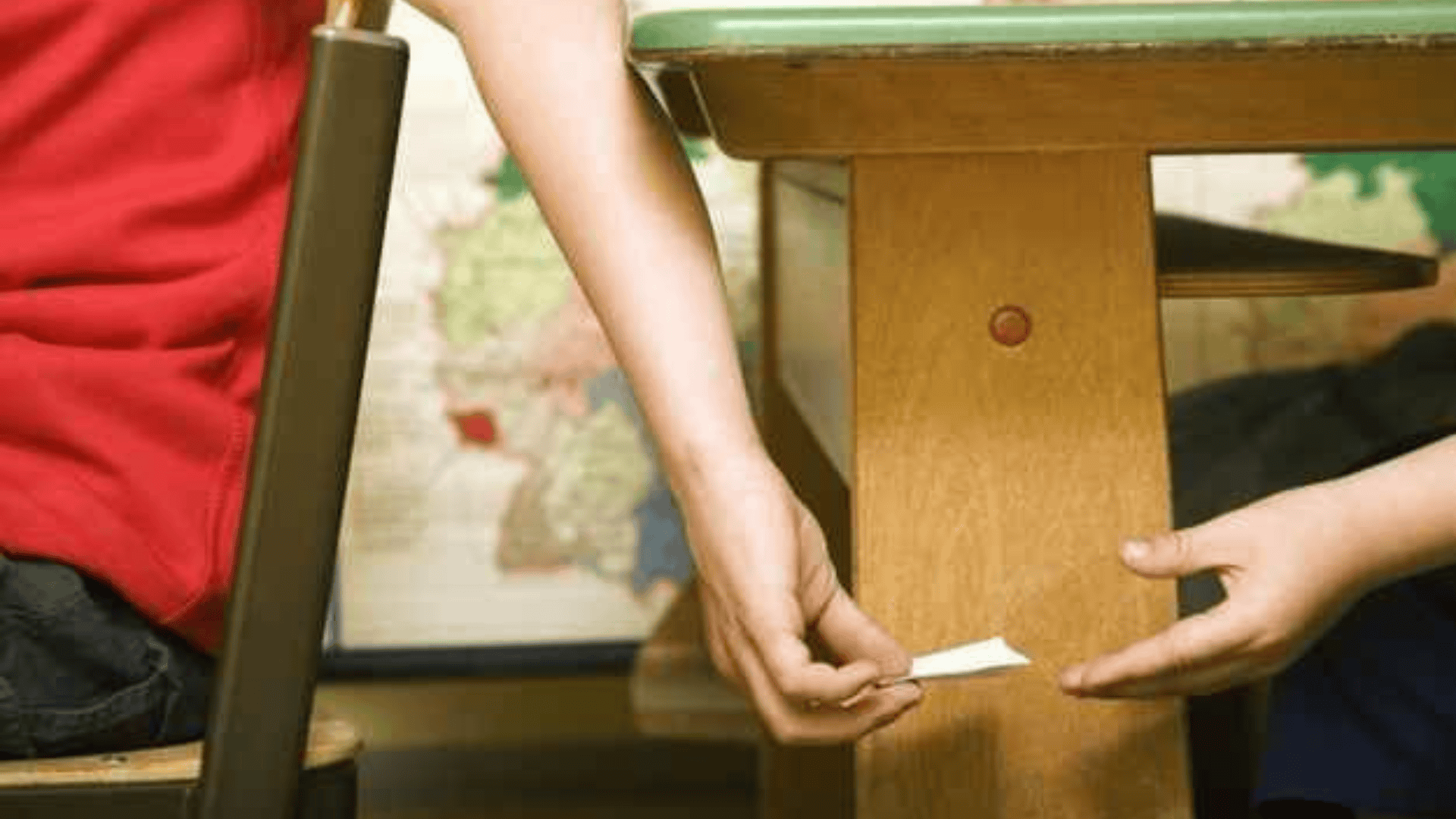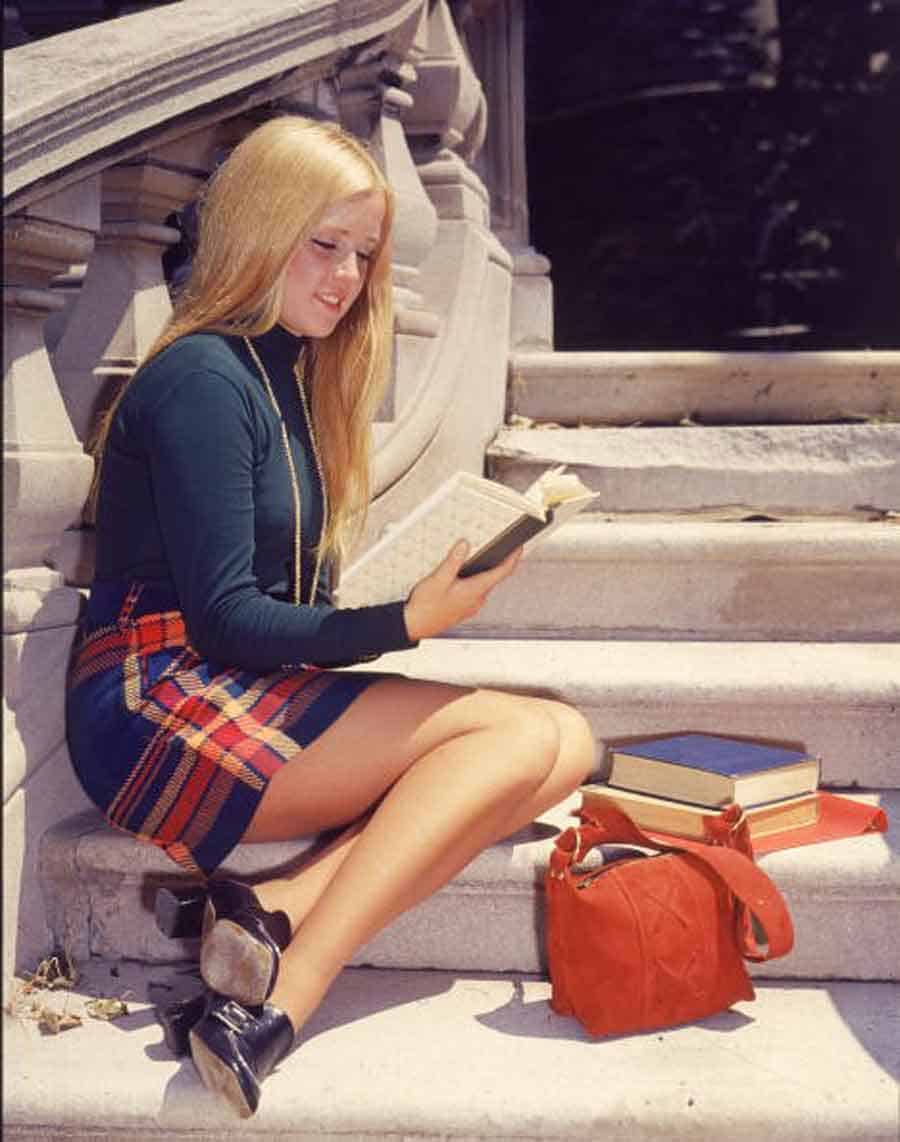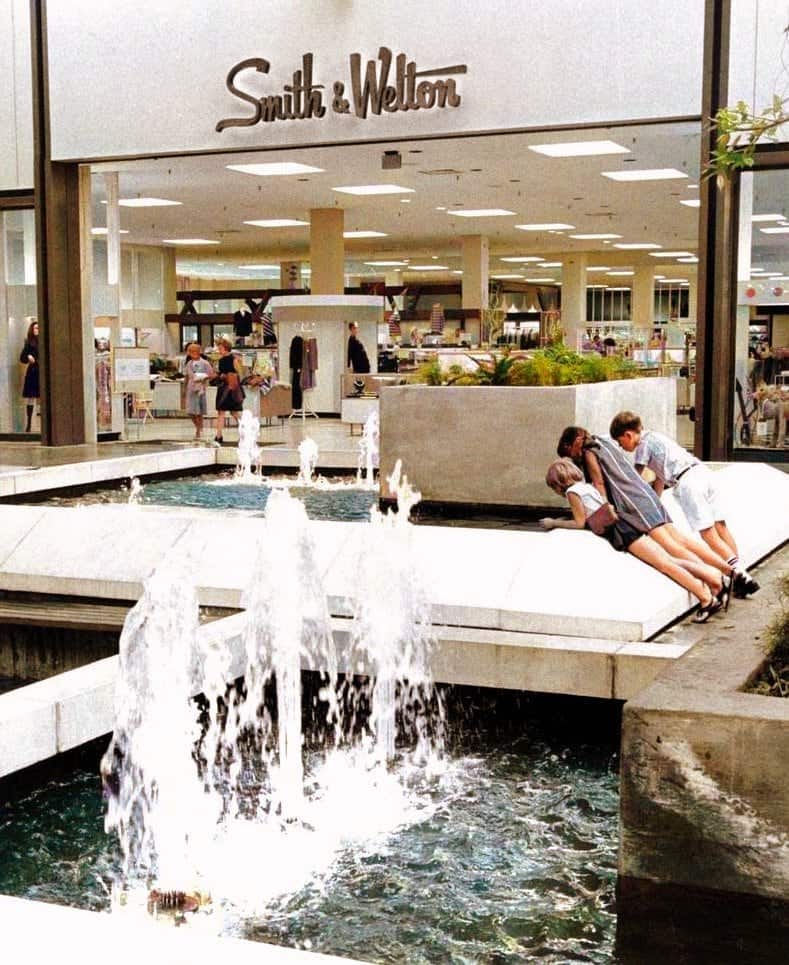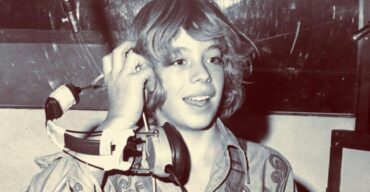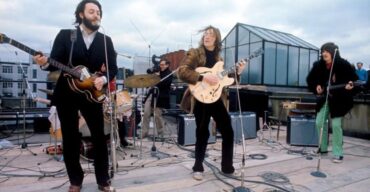As we are entering an era where technology is more advanced, people have somehow become more distant, and our world is extremely fast-paced, we are more and more nostalgic about the world we grew up in.
Time went slower, little moments were appreciated, and we cherished every minute with loved ones that made our lives seem magical.
Here are several things from the past that we miss but will never experience again.
1. Waiting for Film to Be Developed
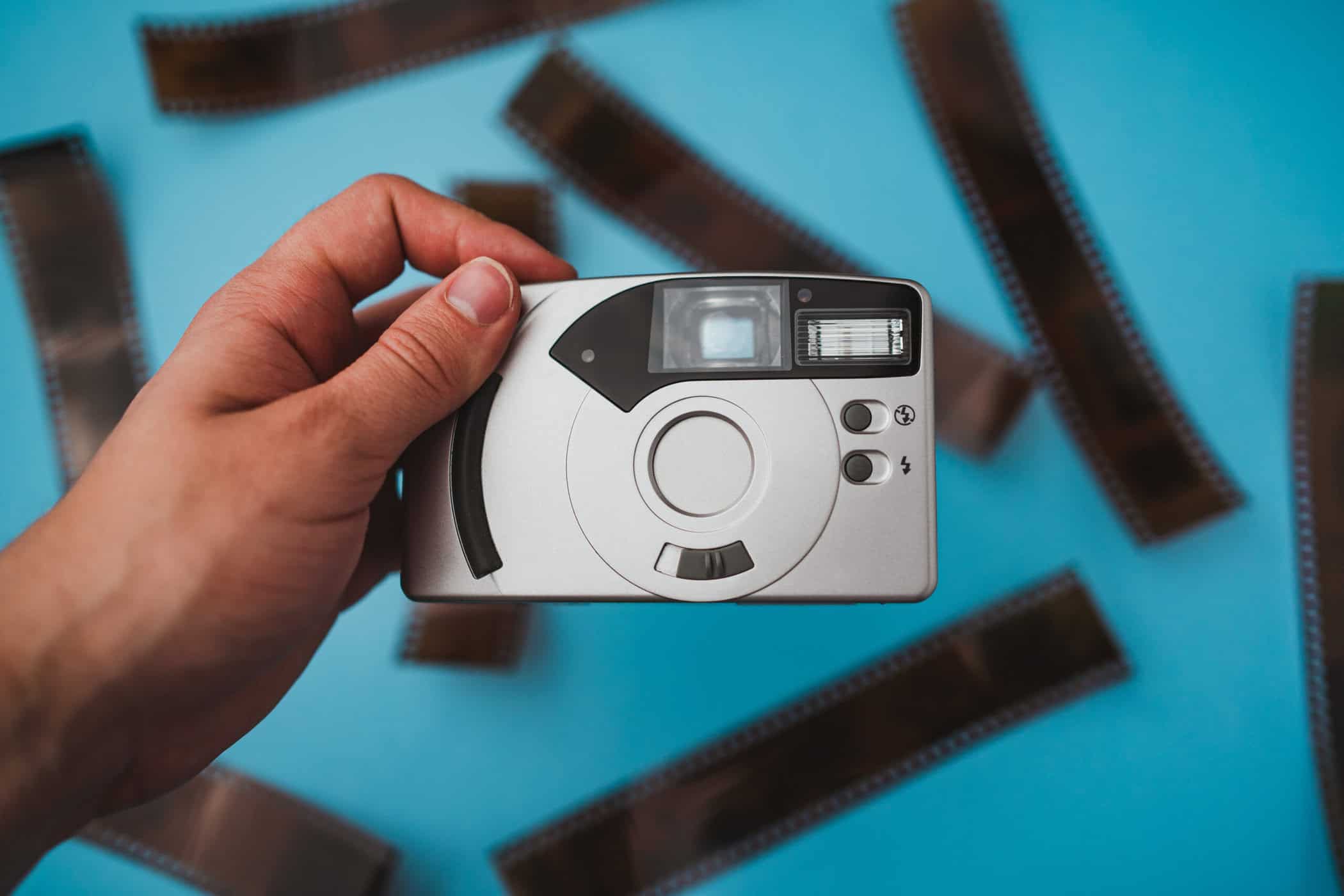
© Envato
It seemed like magic to drop off a roll of film and wait days to see your pictures. You never knew what you’d get: fuzzy pictures, hidden gems, or that one great moment.
Instant smartphone galleries can’t compare to the thrill of getting an envelope of glossy prints and looking through them just outside the store. Everything happens right away these days, but the element of surprise is gone.
Film images had faults, light leaks, and a rawness that made them feel real. That waiting and hoping was a full experience we’ll never be able to have again.
2. Making Mixtapes on Cassette
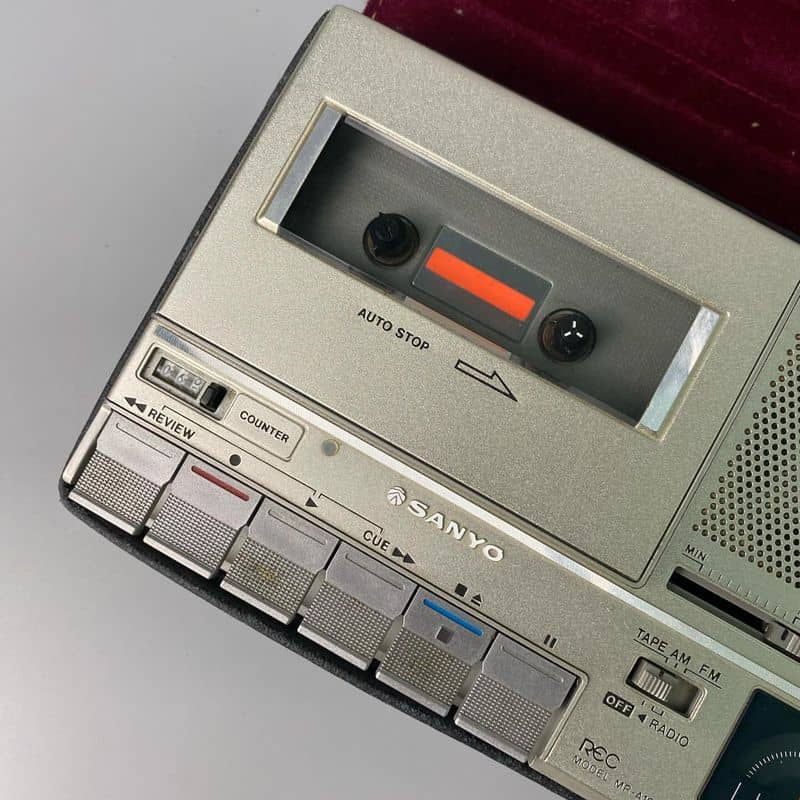
shutterstock
Mixtapes were more than just playlists; they were love letters, friendship gifts, and personal soundtracks. You’d sit by the radio for hours, your finger hovering over the record button, trying not to catch the DJ’s voice between songs.
Each tape conveyed a story, and they were all in the right order. The hiss of the cassette and the volume that wasn’t always even only contributed to the pleasure. It seemed personal to give someone a mixtape, like giving them a part of yourself.
Streaming playlists are easy to use today, but they’ll never have the same personal touch as a skillfully constructed cassette tape.
3. Renting Movies at the Video Store
Every Friday night, going to the video store was a tradition. Families walked up and down the aisles, trying to decide which VHS to take home. There was nothing better than getting the last copy of a new release before anyone else.
You might have found hidden gems just because the movie you planned to see was already rented out. There were also the classic problems of late fees, which kids nowadays would never have to deal with.
It’s easy to scroll through Netflix, but nothing beats the real hunt through shelves, surrounded by movie posters and the faint scent of plastic from VHS cases.
4. Calling a Friend on a Rotary Phone
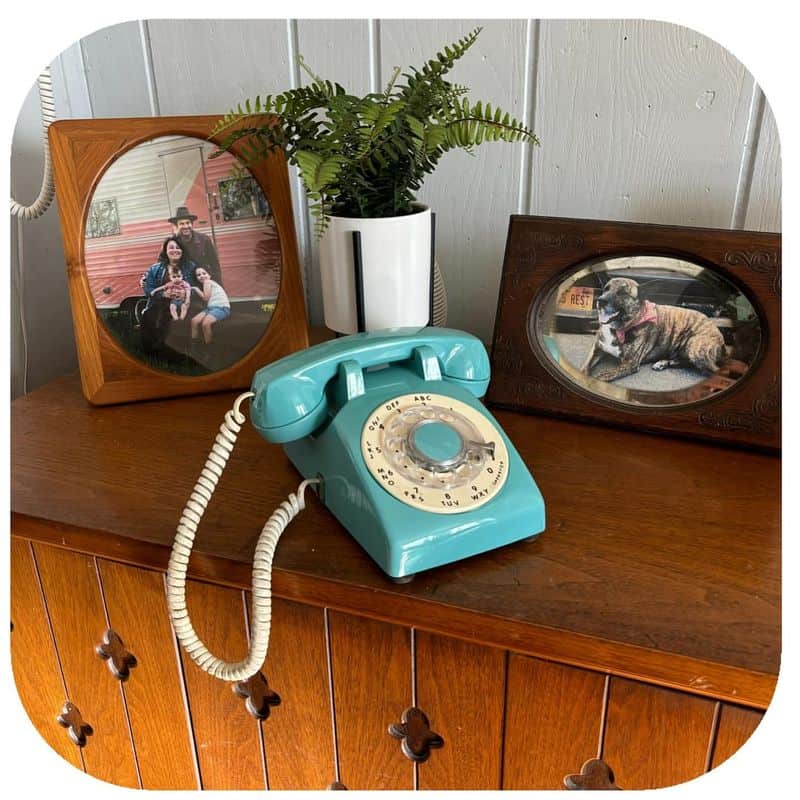
shutterstock
It took a lot of patience to wait for each number on a rotary phone to turn slowly and click. There were no shortcuts or speed dials. You learned the numbers by heart, and dialing felt like a little ritual before every call.
And once you were connected, you stayed on the line. No fast texts or hang-ups. When you talked on the phone, it was just you and them, with no interruptions. With their cords extending into hallways for seclusion, rotary phones also kept you in one place in the house.
It was a pain, but it made conversations feel like they had a point and were more important.
5. Sending Handwritten Letters Regularly
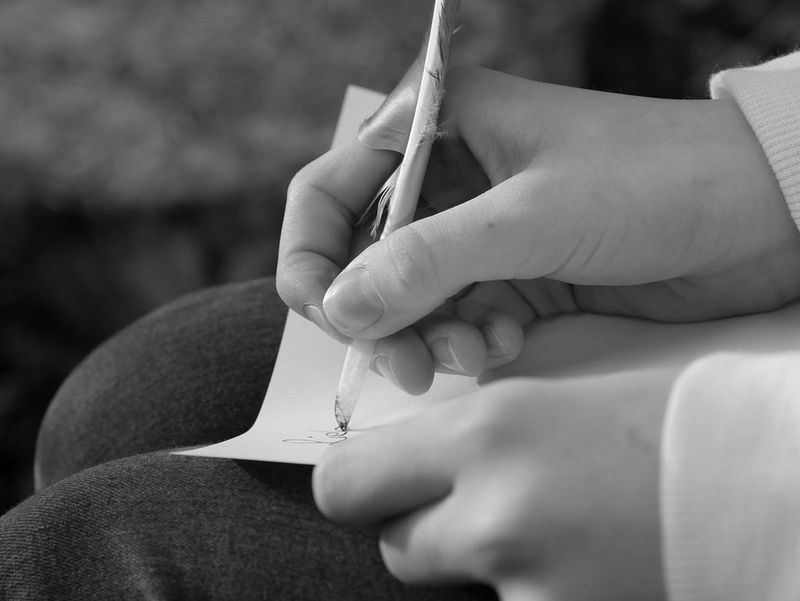
shutterstock
Letters weren’t just nice things to do; they were lifelines. Friends, relatives, and lovers would wait weeks for a response, cherishing each envelope like a gift. Writing by hand, picking out stationery, and sealing the envelope made the message feel more important.
Opening a letter was a moment: taking the paper out and seeing someone’s handwriting, maybe even smelling them. Text messages and emails are quicker, but they don’t have that personal touch. Writing letters took time, thinking, and care.
It wasn’t about how fast; it was about how connected. We used to write letters as a ritual, but now that we can talk to each other instantly, we’ve lost that.
6. Flipping Through TV Channels Without Endless Options

shutterstock
TV wasn’t about algorithms or streaming on demand. You had a few channels and flipped through them all the time, sometimes stopping on things you didn’t mean to watch.
Families were together at the same time every week for huge episodes, which made for shared cultural events. You couldn’t avoid commercials with a button; they were restroom or snack breaks.
There was no binge-watching; you had to wait for the next week’s cliffhanger. That lack of it made TV seem bigger and more significant. It’s tougher to achieve that feeling of everyone tuned in together now when there is so much stuff.
7. Polaroid Parties
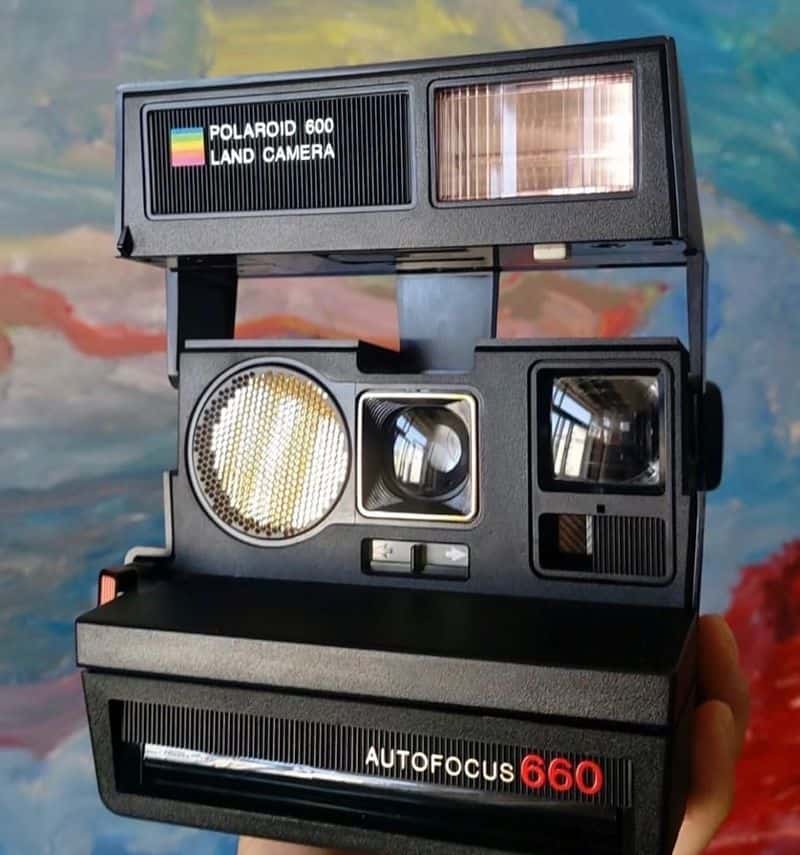
shutterstock
Polaroids weren’t just images; they were memories you could cherish right away. Someone would take out the big camera during a party, take a picture, and everyone would gather around to watch it slowly develop in their hands.
It was always magical to see an image slowly come into view. Polaroids were unedited, flawed, and full of character. People wrote comments or drew pictures on the white borders, which made them into keepsakes from the night.
We still have instant cameras now, but they’ll never be able to properly capture the Polaroid culture of the 1970s and 1980s, when every picture felt like a tiny miracle.
8. Road Trips with Paper Maps
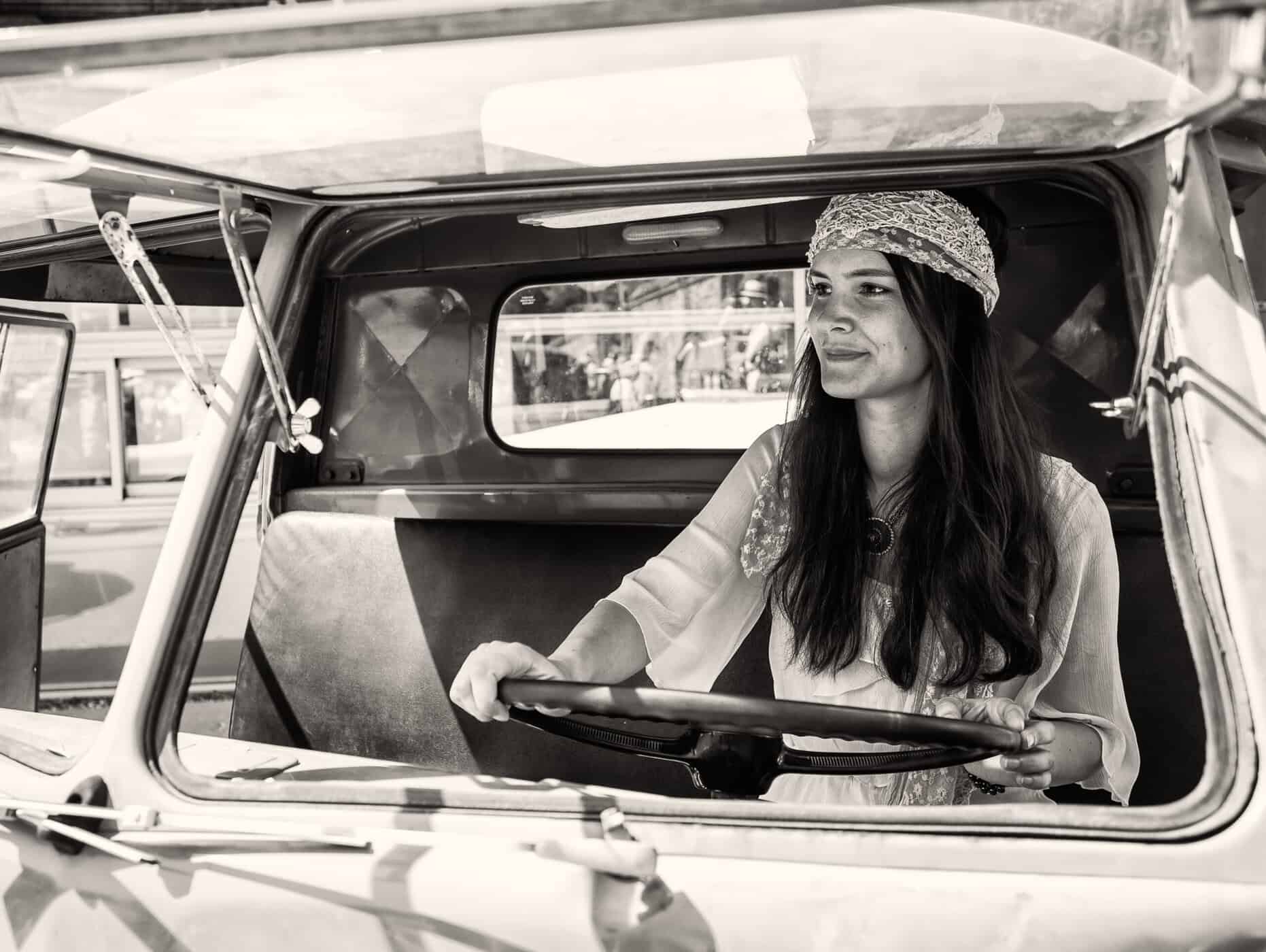
shutterstock
Unfolding a huge paper map in the passenger seat and pointing your finger along highways and backroads was an adventure. Getting lost was part of the trip, and it led to some surprising discoveries, like a diner, a roadside attraction, or a gorgeous diversion.
Families argued about which way to go, folded and unfolded the map a dozen times, and used their gut feelings when signs went missing. GPS may help us get there faster, but it took away the excitement of not knowing where we were going.
It wasn’t just about the goal on those old-fashioned road journeys; it was also about the muddy, winding way you took to get there.
9. Using Payphones on the Street
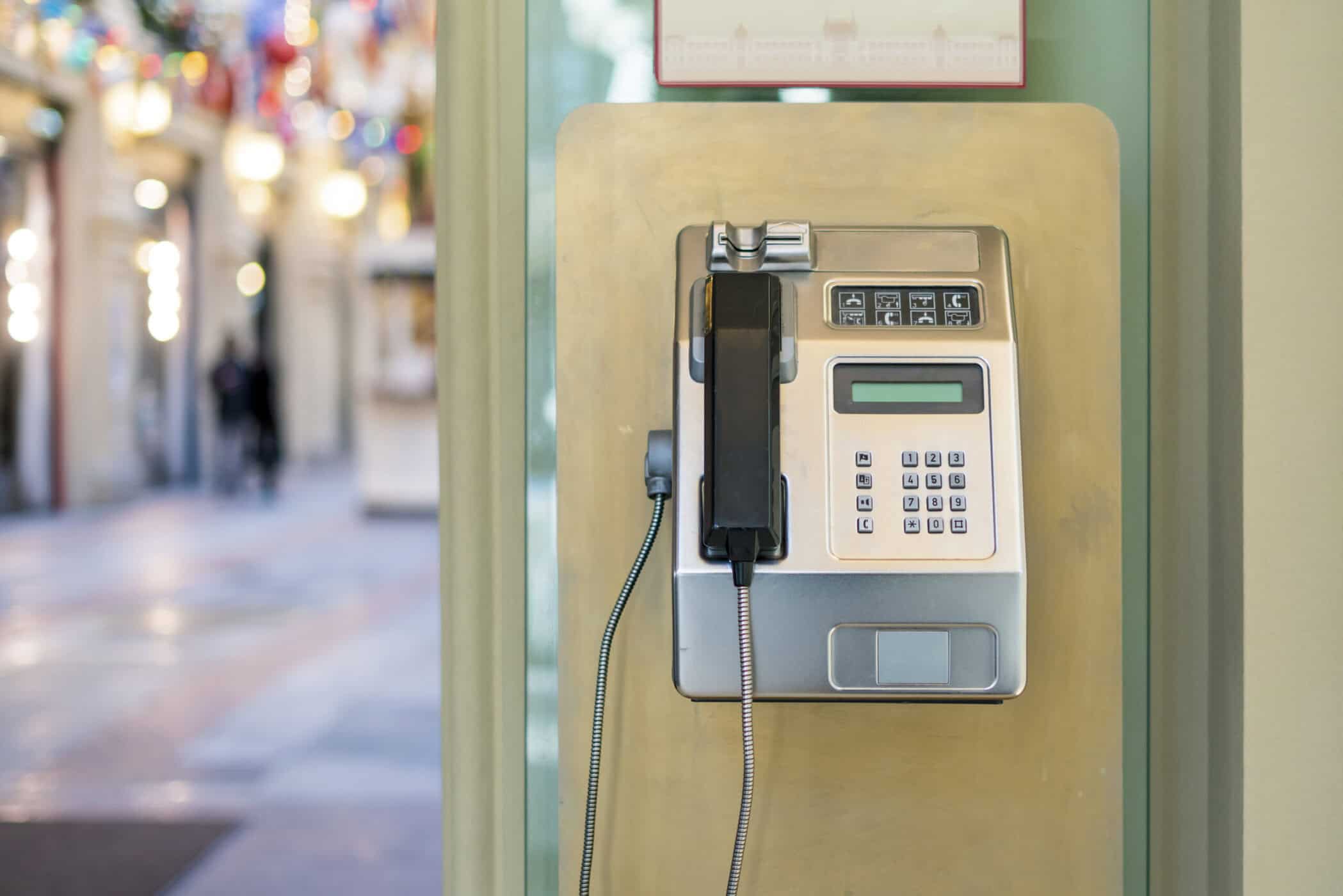
© Envato
You had to look for a payphone if you needed to call someone while you were out. It was all part of the moment: digging for cash, standing in the cold or rain, and putting your palm over the receiver to block noise.
Payphones were great for emergencies and for teens to call one other and check in. The smell of metal, the sticky buttons, and the fact that you didn’t know who used it before you made it strangely iconic.
Finding a working payphone these days is like finding an antique. They used to be ubiquitous, but now they’re almost gone.
10. Saturday Morning Cartoons
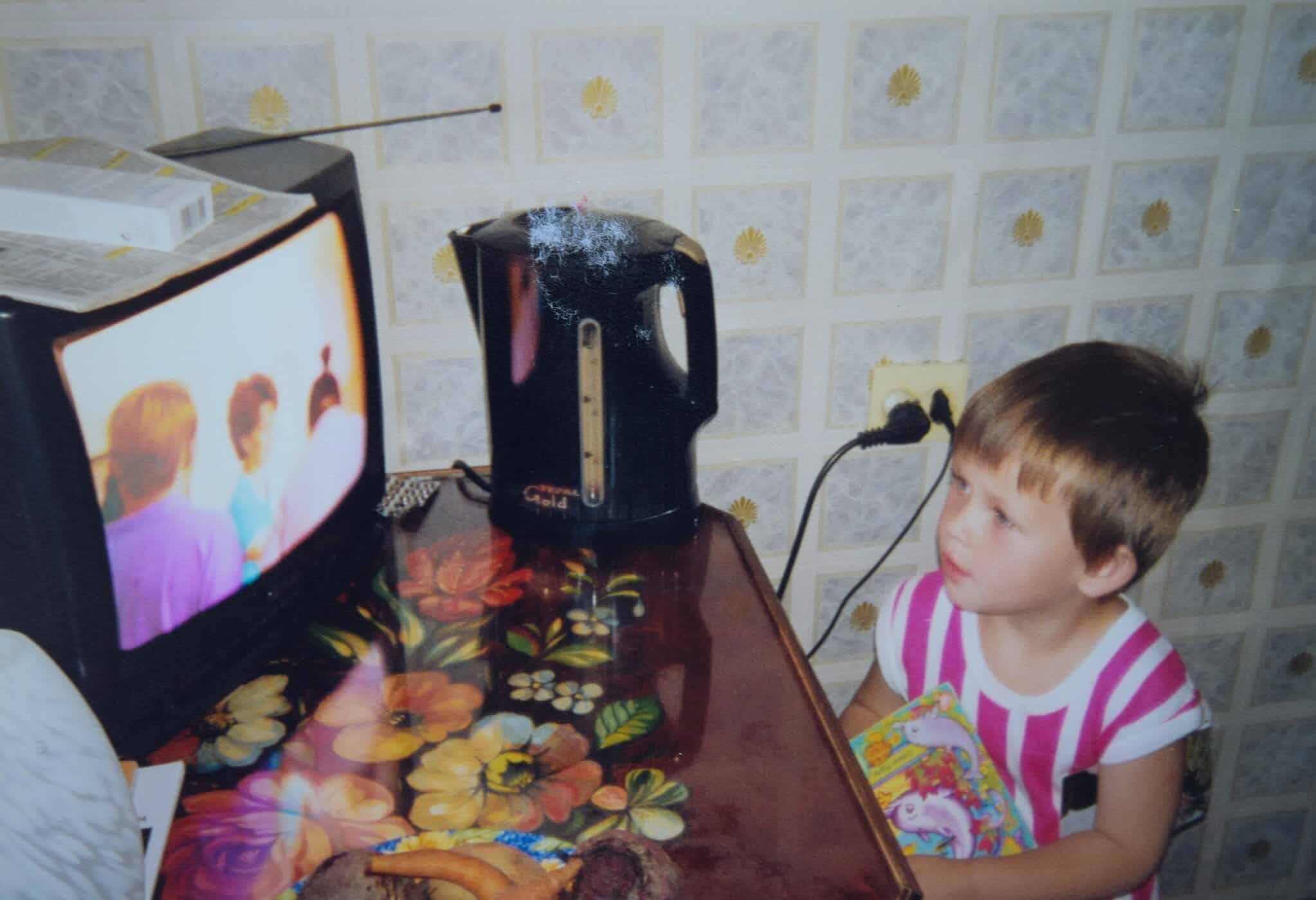
shutterstock
Saturday mornings were very important to kids. You’d get up early, pour a bowl of cereal, and sit in front of the TV for hours of cartoons. It happened once a week, not all the time.
Millions of kids watched shows like Scooby-Doo and The Flintstones at the same time, making them almost like rituals. Parents liked the peace and quiet, and kids liked the magic.
That combo of candy, pajamas, and brilliant animation made memories that streaming libraries can’t quite match. Saturday morning cartoons weren’t only on TV; they were a part of growing up.
11. Playing Arcade Games in Public
Arcades were full of energy, with flashing lights, clinking coins, and the sounds of pinball machines and Pac-Man chomping. After school or on the weekends, kids would get together with pockets full of pennies to try to beat each other’s high scores and brag about it.
People made friends in those loud, bright places. You couldn’t stop or save your progress; you only had one chance, and it was crucial.
There was nothing like the thrill of seeing your initials on the scoreboard. Home consoles eventually put an end to the arcade frenzy, but the intensity of a room full of players, each with their own bright machine, will never come back.
12. Developing Photos in a Darkroom
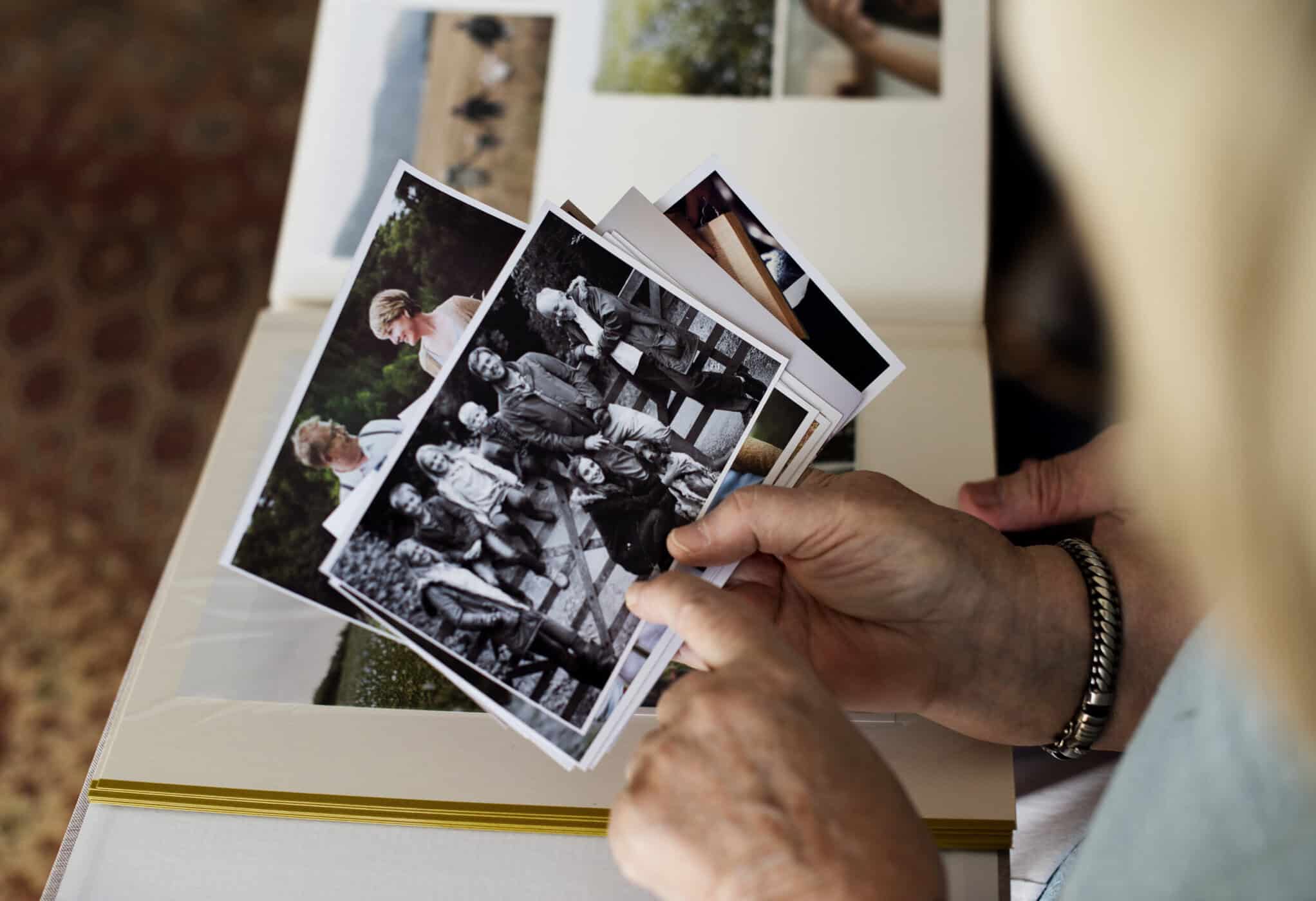
shutterstock
Before Photoshop, editing took hours in a lab with red lights. Photographers carefully put paper into chemical baths and watched as images magically appeared.
The chamber smelled like developer fluid, and it was so quiet that it felt sacred. Every print required effort, patience, and expertise with one’s hands. Amateur photographers learned by making mistakes, and they often wasted paper before achieving the perfect picture.
Digital editing may be quicker, but it doesn’t have that amazing ritual feel. The darkroom was more than just a procedure; it was an art form, a way to talk to light and time.
13. Passing Notes in Class
Note-passing was the way to send messages before texting. Folded triangles or complicated origami shapes held secrets that kids passed across schools. There were doodling, hearts, or jokes all over the notes, and it was both embarrassing and funny to get caught by the teacher.
Reading a note was like a little event: your friend’s handwriting, the pleasure of keeping a secret, and the rush of feeling connected. Notes could be stored, put in lockers, or found again years later, unlike texts that disappear.
The combination of that personal touch and the chance of getting caught made passing notes an unforgettable school tradition.
14. Using Encyclopedias for Homework
Before Google, research meant going through big books. There were encyclopedias on the shelf, and they were large, serious-looking books that smelled a little like dust and ink.
Kids turned the pages and looked for answers methodically, but they were often distracted by interesting entries along the way. Families typically bought whole sets of encyclopedias and proudly exhibited them in their living rooms.
Doing homework required patience, reading, and occasionally getting angry when the information was out of date. It was good to have gone through all those books. There is no faster way to search the internet than now, yet encyclopedias taught you how to focus and gave knowledge a weight you could feel.
15. Double Features at the Drive-In
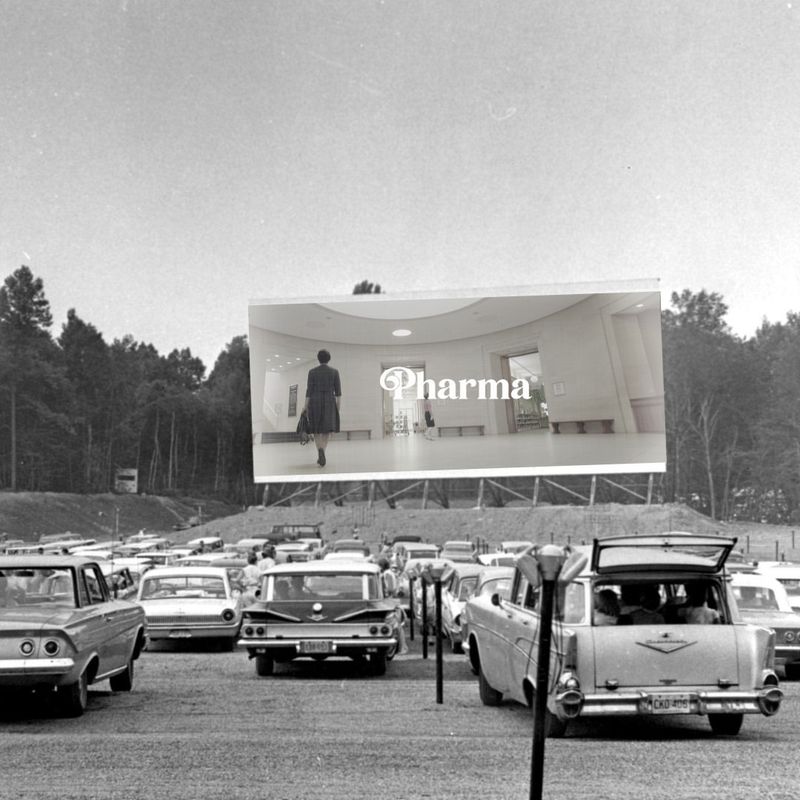
shutterstock
Drive-in theaters made movies into events. Families got into cars with blankets, snacks, and lawn chairs. It was fantastic to watch a movie outside, especially when the second movie started late at night.
The event was unforgettable because of the crackly speakers, kids falling asleep in the backseat, and the scent of popcorn spreading across the lot. There are still a few drive-ins, but their heyday is over.
The combination of movies and outdoor fun, with fireflies lighting up the night sky, was a one-of-a-kind memory from the middle of the century that streaming from home could never match.
16. Using Typewriters for Everyday Writing
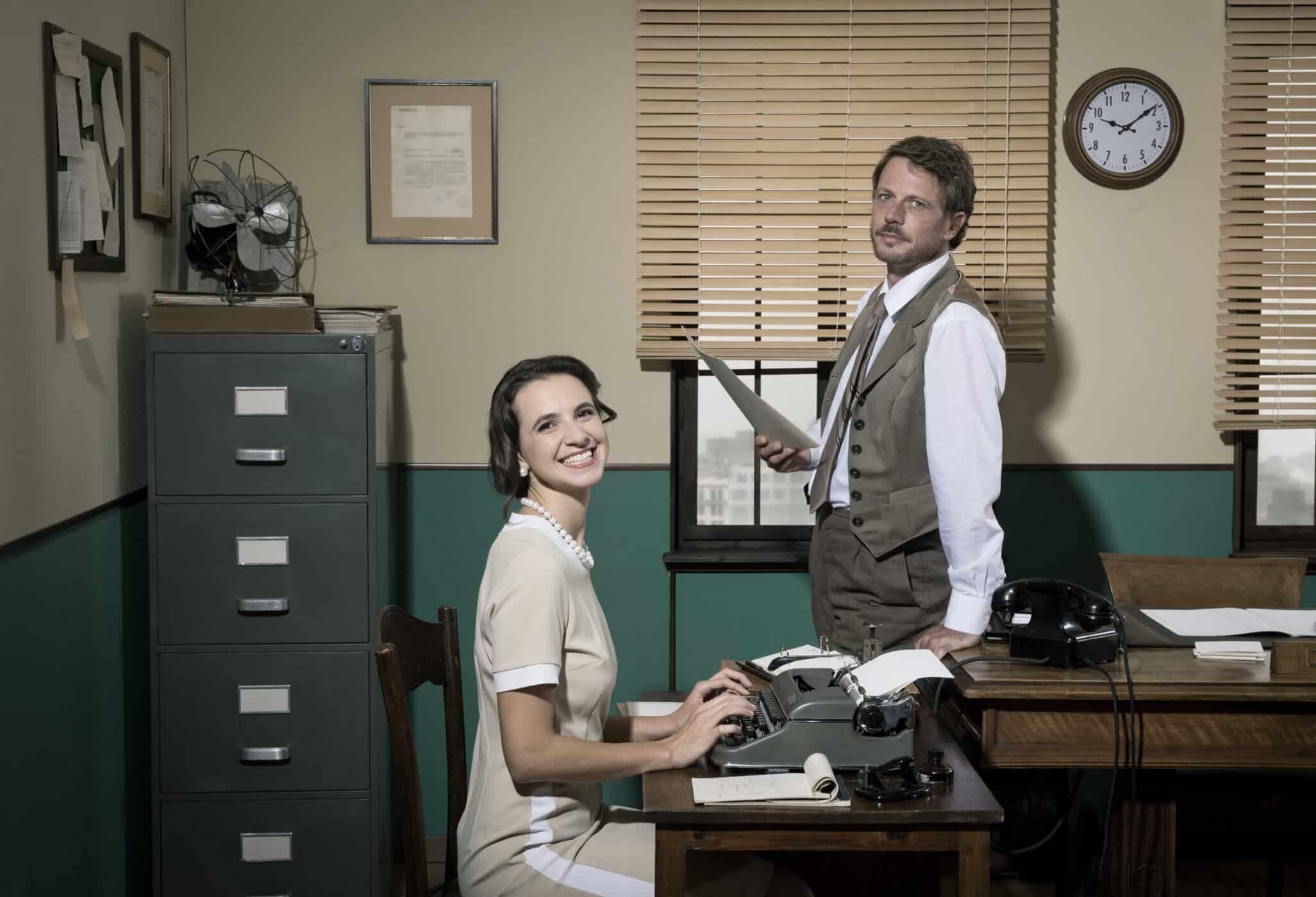
shutterstock
Typewriters had their own rhythm, with the sound of keys clacking, the ding of the carriage return, and the pleasant pull of the lever. If you made a mistake, you had to use white-out or start over, which made every word important.
Letters, reports, and even schoolwork all had the semblance of typewritten text. Kids nowadays might think typewriters are strange old things, although they were used every day for years.
You had to pay attention when you wrote on one, and the sound of the keys hitting the paper made an energy that no laptop can match. Typewriters made writing seem like both effort and art.
17. Making Mix CDs for Friends

shutterstock
Mix CDs were popular before streaming playlists. It took a while to burn one since you had to choose songs, meticulously arrange them, and occasionally even decorate the casing with drawings or printed labels.
Sharing a CD was a way to show you cared and say, “This music makes me think of you.” It felt like the process was high-tech back then, but it’s not now.
A burnt CD has personality, from the font on the tracklist to the random bonus track at the end. Playlists nowadays are useful, but they don’t have the same handcrafted, real-life charm.
18. Hanging Out at the Mall
The mall wasn’t just a place to shop; it was also a place to meet people. Teenagers would spend whole Saturdays going from store to store, trying on clothes, eating pretzels, and hanging out with pals.
There was a lot of laughing, talking, and cheap food at the food court. There were also arcades and record stores. Parents left their kids at the mall and picked them up hours later, trusting the mall to be a secure place for everyone.
People usually don’t go to the mall anymore to hang out, but they do shop online. That mix of independence, freedom, and community was a priviledge that we will never have again.
